Table of content
Saffron, often dubbed the “golden spice,” is one of the world’s most coveted and costly culinary treasures. Derived from the Crocus sativus flower, this vibrant red thread-like spice has been cherished for millennia for its distinct aroma, earthy flavor, and striking hue. Beyond its culinary applications, saffron has also been revered in traditional medicine and cultural rituals. However, given its price and delicate nature, understanding how to store saffron properly and determining its shelf life is critical for both home cooks and professional chefs alike. This article delves into the factors influencing saffron’s longevity, actionable storage tips, signs of spoilage, and the science behind its preservation.
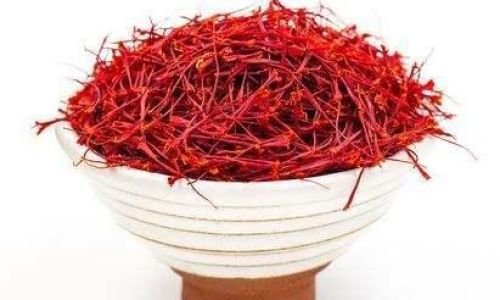
Understanding Saffron’s Composition and Degradation
Saffron’s unique properties stem from its complex chemical makeup. It contains over 150 volatile compounds, including crocin (responsible for its color), safranal (aroma), and picrocrocin (flavor). These compounds, however, are sensitive to environmental conditions, which can accelerate degradation. Light, heat, moisture, and oxygen are the primary enemies of saffron’s potency. Over time, exposure to these elements breaks down its essential oils and pigments, diminishing its flavor, aroma, and visual appeal.
How Long Does Saffron Last? The Shelf Life Basics
The shelf life of saffron depends on its form—whole threads versus ground powder—and storage conditions. Properly stored, whole saffron threads can retain their quality for 2–3 years, while ground saffron typically lasts 1–2 years. However, these estimates are not absolute; real-world longevity hinges on adherence to optimal storage practices.
Whole Saffron Threads vs. Ground Saffron
- Whole Threads: Intact stigmas (threads) have a longer shelf life due to their lower surface area exposed to air. Their structure also slows oxidation, preserving flavor and aroma.
- Ground Saffron: Pulverizing the threads increases exposure to oxygen and moisture, hastening degradation. This form is more convenient for use but requires stricter storage.
Factors Affecting Saffron’s Shelf Life
-
Light Exposure
Saffron’s pigments are photosensitive. Prolonged exposure to sunlight or artificial light fades its color and degrades its compounds. Always store saffron in opaque, airtight containers. -
Temperature Fluctuations
Heat accelerates chemical reactions that break down saffron’s volatile compounds. Ideal storage temperatures range between 15–20°C (59–68°F). Avoid storing saffron near stoves, ovens, or windows. -
Moisture and Humidity
Saffron is hygroscopic, meaning it absorbs moisture from the air. Excess humidity encourages mold growth and clumping, ruining both texture and flavor. Store saffron in dry environments, ideally with humidity levels below 40%.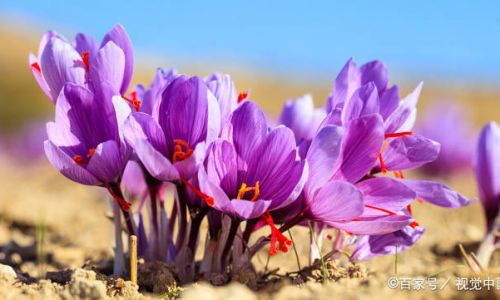
-
Oxygen Exposure
Oxygen promotes oxidation, which diminishes aroma and flavor. Vacuum-sealed containers or nitrogen-flushed packaging significantly extend shelf life. -
Packaging Quality
Poor-quality containers, such as plastic bags or clear jars, expose saffron to light and air. Opt for glass jars with tight-fitting lids or metal tins designed for spices.
Proper Storage Methods to Maximize Longevity
Container Selection
- Glass Jars: Ideal for whole threads. Choose amber or cobalt blue glass to block UV rays. Ensure the lid forms an airtight seal.
- Metal Tins: Lightweight and opaque, metal containers are excellent for ground saffron. Look for tins with rubber gaskets to prevent air infiltration.
- Avoid Plastic: Plastic is porous and may retain residual odors or moisture, compromising saffron’s quality.
Storage Location
- Cool, Dark Place: A pantry shelf or kitchen drawer away from heat sources is ideal.
- Refrigeration: While optional, refrigeration can extend shelf life, especially in humid climates. Ensure the container is tightly sealed to prevent condensation.
- Freezing: Not recommended for whole threads, as freezing can cause moisture buildup. Ground saffron may be frozen in airtight containers for short periods, but repeated thawing risks degradation.
Handling Practices
- Use Clean, Dry Utensils: Avoid introducing moisture or contaminants by always using a dry spoon or spatula.
- Avoid Prolonged Exposure: Measure saffron quickly and reseal the container immediately after use.
Signs of Saffron Spoilage
Saffron doesn’t “spoil” in the traditional sense (e.g., growing mold or rotting), but it loses potency over time. Key indicators of degradation include:
- Faded Color: Fresh saffron threads are deep red with orange tips. Fading to a dull orange or yellowish hue signals age.
- Weak Aroma: The scent should be honey-like, floral, and slightly metallic. A faint or musty odor indicates deterioration.
- Loss of Flavor: Over time, saffron’s taste becomes bitter or bland instead of earthy and aromatic.
- Clumping or Brittleness: Moisture exposure causes clumping, while excessive dryness makes threads brittle and powdery.
The Benefits of Fresh Saffron
Using fresh saffron ensures optimal flavor, aroma, and health benefits. Studies suggest that saffron’s active compounds, such as crocin and safranal, have antioxidant, anti-inflammatory, and mood-enhancing properties. Degraded saffron loses these therapeutic qualities, making freshness paramount for both culinary and medicinal applications.
Buying Saffron: Tips for Quality and Longevity
- Source Reputably: Purchase from trusted vendors specializing in spices. Avoid bulk bins, as repeated exposure to air and light degrades quality.
- Check Labels: Look for ISO 3632 certification, which grades saffron based on color, aroma, and flavor. Grade I saffron is the highest quality.
- Avoid “Bargain” Saffron: Authentic saffron is expensive due to labor-intensive harvesting. Extremely low prices may indicate adulteration with safflower, turmeric, or dye.
Saffron vs. Other Spices: A Shelf Life Comparison
Unlike robust spices such as cinnamon or black pepper, saffron’s delicate nature demands meticulous care. For instance:
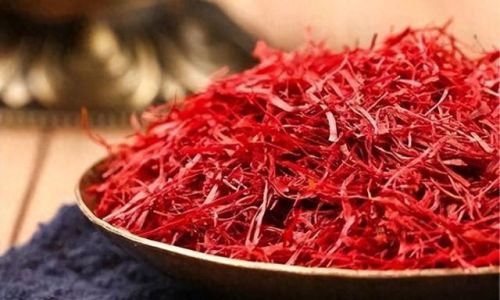
- Vanilla: Whole beans last 2–3 years if stored in airtight containers.
- Cardamom: Ground cardamom lasts 1–2 years, similar to saffron.
- Cumin: Whole seeds retain potency for 3–4 years, outlasting saffron.
Saffron’s shorter shelf life underscores the importance of purchasing in small batches and using it promptly.
Historical Context: Saffron’s Journey Through Time
Ancient civilizations prized saffron for its perceived ability to ward off evil, cure illnesses, and dye textiles. The Minoans, Egyptians, and Romans all cultivated it. Medieval Europeans used saffron in elixirs and perfumes, while Persian poets immortalized it in verse. Today, Iran produces over 90% of the world’s saffron, followed by India, Greece, and Morocco.
Scientific Insights: Preserving Saffron’s Potency
Researchers have explored innovative methods to extend saffron’s shelf life, including:
- Microencapsulation: Coating saffron particles in protective layers to shield them from oxygen and moisture.
- Controlled Atmosphere Storage: Storing saffron in environments with reduced oxygen and elevated CO₂ levels.
- Radiation Processing: Low-dose gamma irradiation to inhibit microbial growth without affecting quality.
While these techniques are primarily industrial, they highlight the spice’s scientific allure.
Culinary Applications: Making the Most of Your Saffron
Saffron’s versatility shines in both sweet and savory dishes. Here are three iconic recipes:
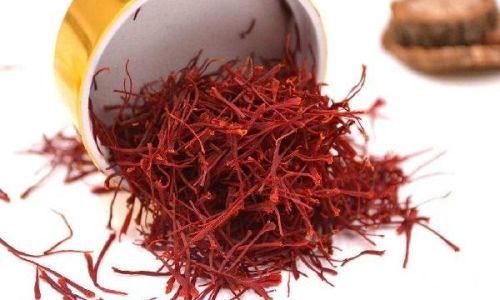
- Saffron Risotto (Risotto alla Milanese)
Infuse saffron threads in warm broth, then stir into Arborio rice with Parmesan and butter.
- Spanish Paella
Toast saffron with smoked paprika and tomato, then simmer with rice and seafood.
- Saffron Tea
Steep threads in hot water with honey and lemon for a soothing herbal drink.
Frequently Asked Questions (FAQs)
Q: Can I revive old saffron?
A: No. Once degraded, saffron cannot regain its potency. Discard and purchase fresh stock.
Q: Does saffron expire?
A: While it doesn’t spoil, it loses flavor and aroma over time. Use within the recommended shelf life for best results.
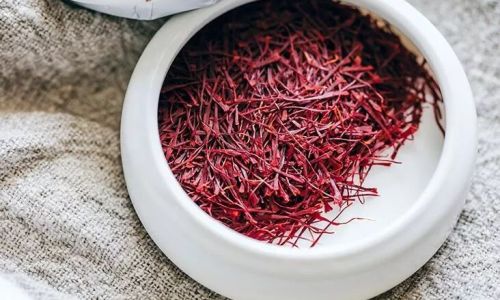
Q: Is it safe to consume expired saffron?
A: Yes, but it will lack the desired taste and health benefits.
Q: Can I store saffron in the freezer?
A: Only ground saffron, and for short periods. Whole threads may absorb moisture during thawing.
Conclusion: Saffron’s Legacy of Flavor and Care
Saffron’s allure lies not just in its flavor but in the labor and tradition behind each thread. By understanding its vulnerabilities and adopting prudent storage practices, you can preserve its magic for years. Whether you’re a gourmet chef or a home cook, treating saffron with the respect it deserves ensures that every dish it graces becomes a testament to its golden legacy. Remember: a little care today guarantees a bounty of flavor tomorrow.

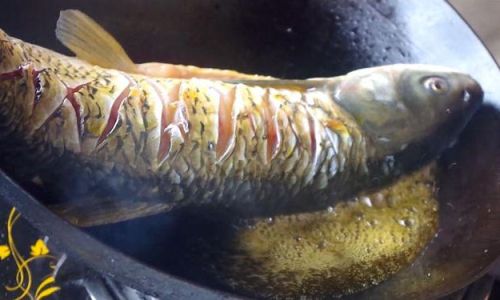
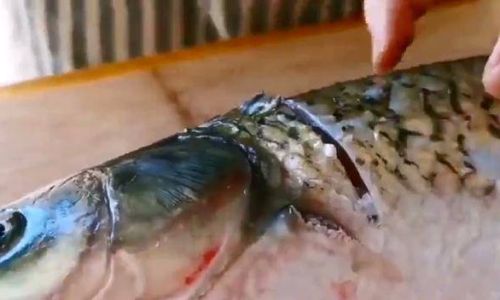
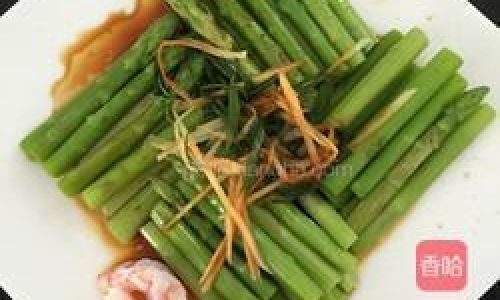
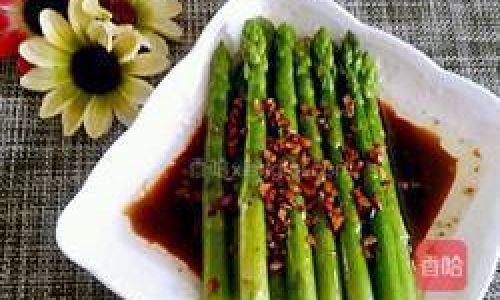
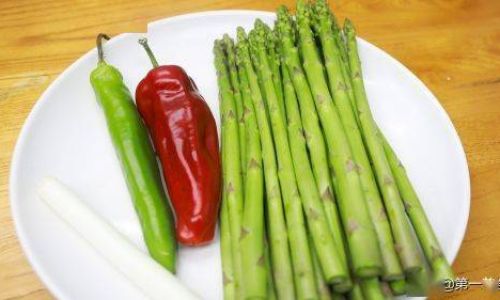
0 comments